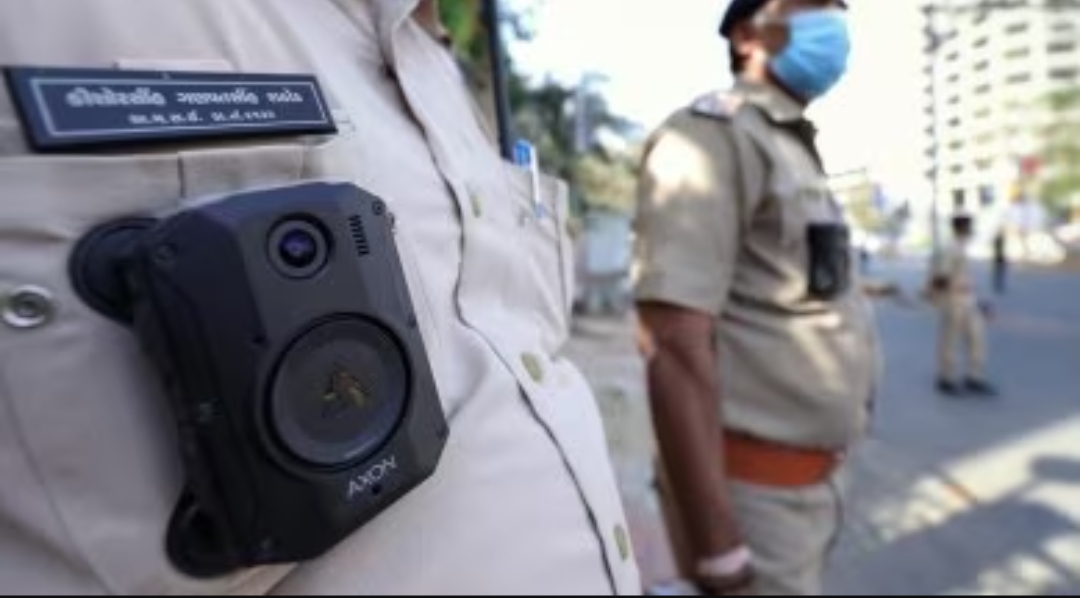In a bid to curb corruption and enhance transparency, the Maharashtra transport department is set to equip its motor vehicle inspectors (MVIs) and assistant inspectors (AIIs) with body-worn cameras. The department plans to procure 1,600 cameras for MVIs and AIIs working in 50 regional transport offices (RTOs) across the state.
The move comes after Mumbai’s traffic police were successfully equipped with 1,388 body-worn cameras in 2021. The cameras are expected to play a crucial role in gathering evidence of traffic violations and other offenses on the spot, besides ensuring the safety of RTO staff during surprise checks.
Table of Contents
Benefits of Body-Worn Cameras –
The use of body-worn cameras by RTO inspectors is expected to have several benefits, including:
Reduced corruption: By recording interactions between inspectors and motorists, body-worn cameras can help to deter corruption and bribery.
Increased transparency: Body-worn cameras can help to increase transparency by providing an accurate record of interactions between inspectors and motorists. This can help to build public trust in the RTO system.
Improved safety: Body-worn cameras can help to improve the safety of RTO staff by deterring assaults and other forms of violence
Who Will Wear the Body-Worn Cameras?
The body-worn cameras will be distributed to motor vehicle inspectors, RTO inspectors and assistant inspectors working in 50 RTOs across Maharashtra. This will cover a significant portion of the state’s transport enforcement personnel.
How the Cameras Will Work ?
The body-worn cameras will be lightweight and equipped with WiFi, GPS, and HD video and audio capabilities. The cameras will be easy to handle and can capture high-quality video and audio.
RTO Inspectors will be required to wear the cameras whenever they are on duty and to activate the cameras when they are conducting inspections or enforcing traffic laws. The footage captured by the cameras will be stored securely and will only be accessed by authorized personnel.
Impact on Motorists –
The introduction of body-worn cameras is expected to have a positive impact on motorists in Maharashtra. Motorists can be confident that their interactions with RTO staff will be recorded accurately and that they will be treated fairly.
The cameras are also expected to deter motorists from engaging in corrupt practices or from attempting to bribe inspectors. This can help to create a more fair and efficient RTO system for all motorists.
Here’s what we know about the body-worn cams:
- Number of cameras: 1,600
- Purpose: To gather evidence of offenses on the spot and protect RTO staff during surprise checks
- Features: Lightweight, equipped with WiFi and GPS, HD video and audio capabilities
- Ease of use: Easy to handle and can capture HD quality video and quality audio
- Beneficiaries: At least 70 squads from 50 RTOs
Past incidents on the road of mumbai
One such incident occurred in 2019 when an MVI in Maharashtra was assaulted by a group of men after fining them for not having a valid pollution under control certificate. Similarly, in 2020, an MVI was threatened by a driver after refusing to issue a fitness certificate for a vehicle that was deemed not roadworthy. And in 2021, an MVI was attacked by a group of individuals while conducting a check for driving under the influence of Alcohol
These incidents highlight the need for measures to protect RTO inspectors and ensure their safety while they perform their essential duties.
The introduction of body-worn cameras is a positive step in this direction.These are just a few examples of the many incidents of violence that vehicle inspectors face on a regular basis. The body-worn cameras are expected to deter violence against vehicle inspectors and help to ensure that they are able to carry out their duties safely.
Conclusion
The introduction of body-worn cameras for vehicle inspectors in Maharashtra is a welcome move that is expected to have a positive impact on both the RTO system and motorists. The cameras can help to reduce corruption, increase transparency, and improve safety. Motorists can be confident that they will be treated fairly and that their interactions with RTO staff will be recorded accurately.
